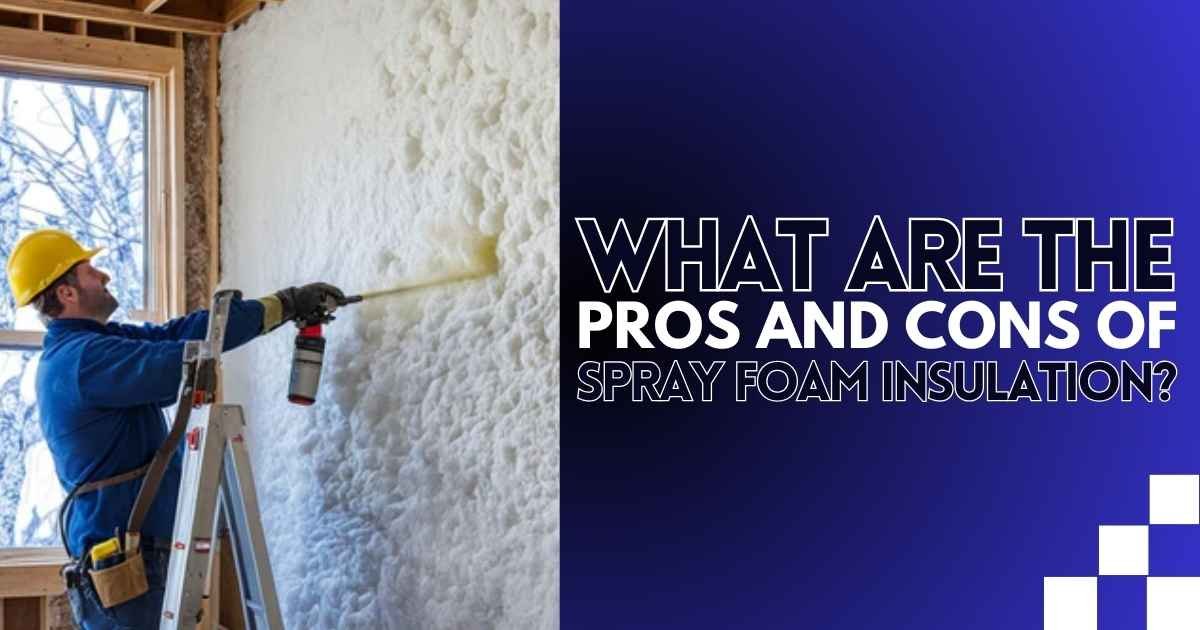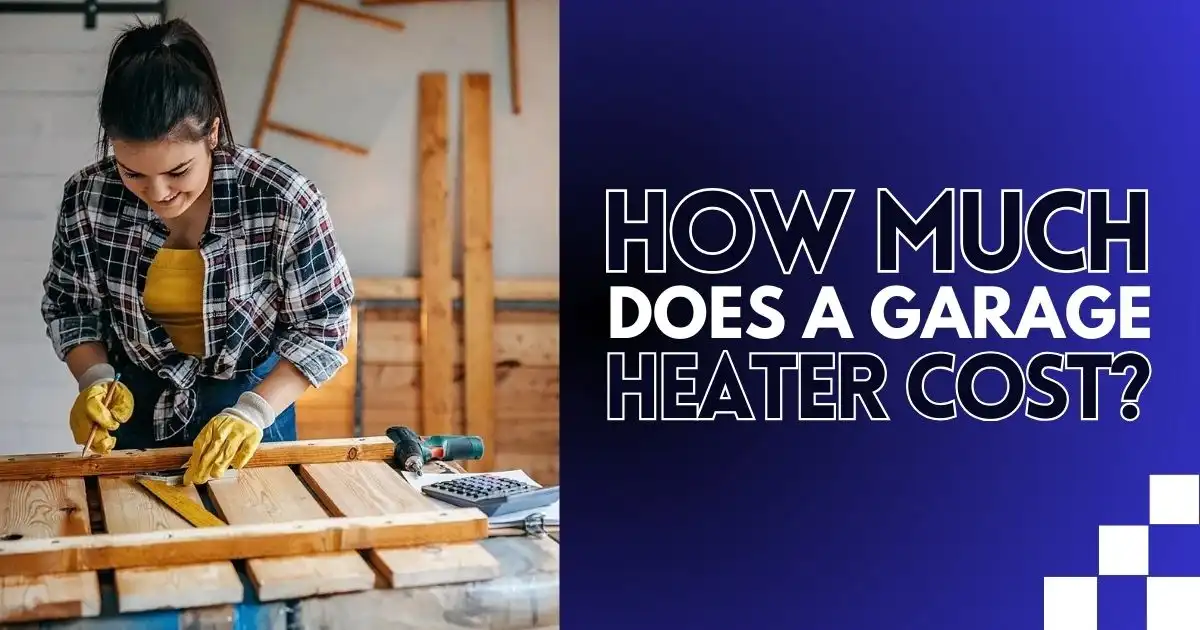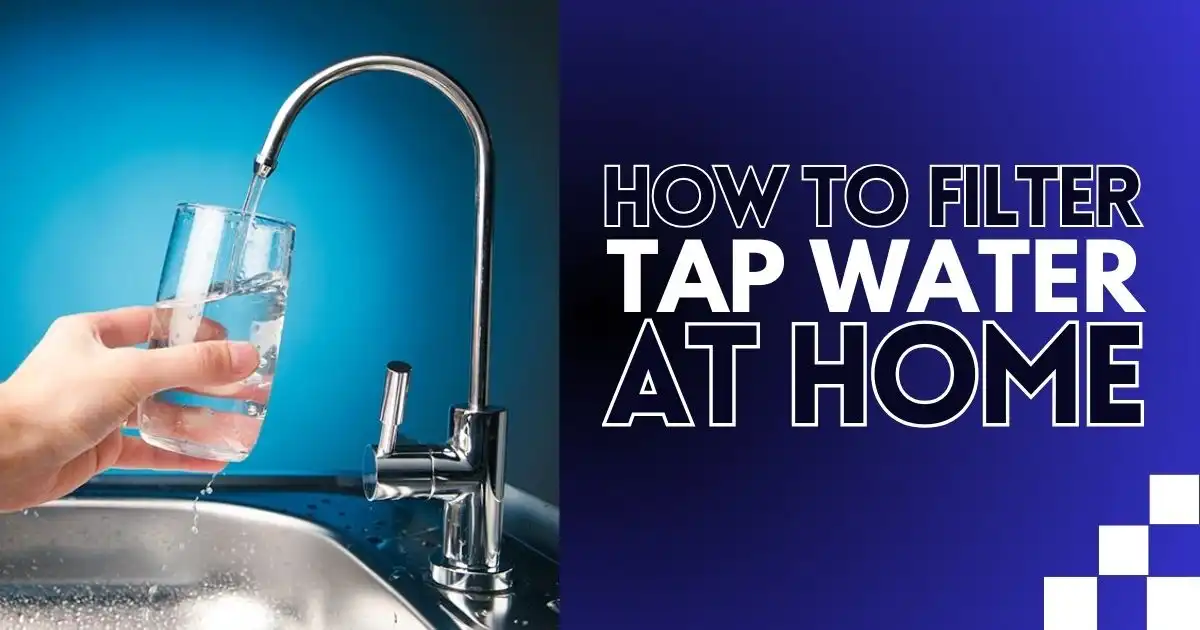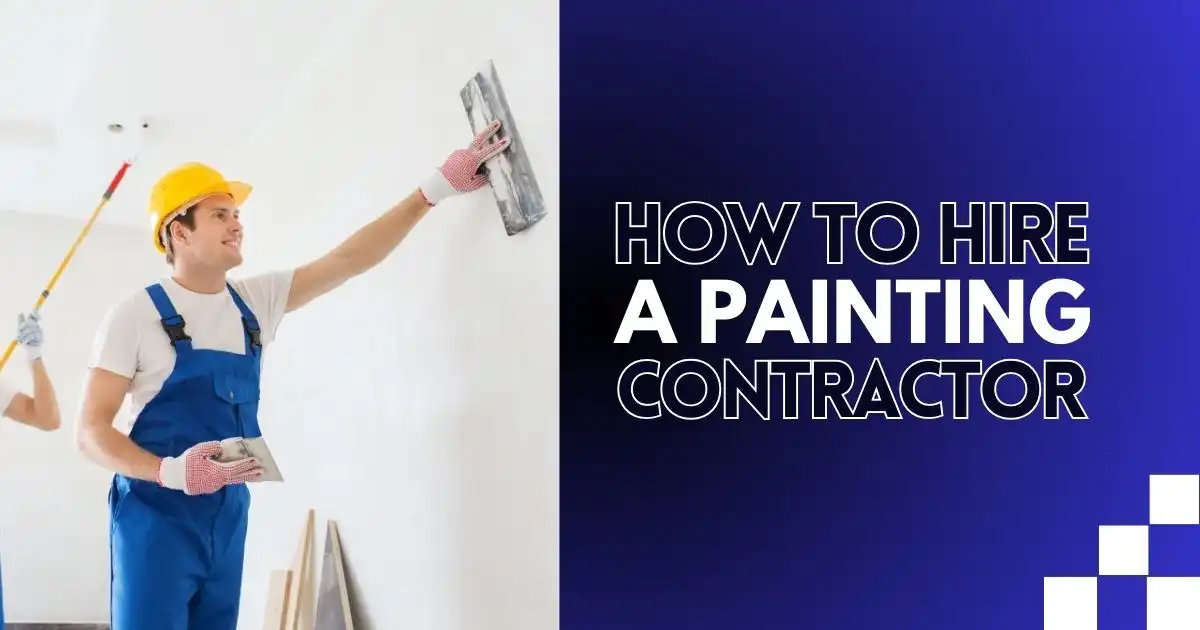Are you tired of high energy bills or dealing with a home that’s always too hot or too cold? The right insulation can make all the difference, and spray foam insulation often stands out as a popular choice. It’s highly effective at sealing even the smallest gaps and improving energy efficiency. However, it also comes with some challenges.
While spray foam is praised for its long-lasting performance and ability to lower energy costs, factors like the initial expense and the installation process are worth considering. The question is not if it’s the “best” insulation option, but if it’s the right fit for your home.
What Is Spray Foam Insulation?
Spray foam insulation is a material that starts as a liquid and quickly expands into a thick foam. This foam creates an airtight and energy-efficient barrier. It is commonly used to insulate walls, roofs, floors, and even hard-to-reach areas like attics and crawl spaces.
Filling cracks and gaps, spray foam prevents air leaks, reduces energy loss, and provides excellent thermal protection. In addition to insulating, it also helps block moisture and sound, making it a popular choice for both homes and businesses.
The Pros of Spray Foam Insulation
Spray foam insulation offers many benefits, making it a popular choice for homeowners. It helps cut energy costs, protects against moisture, lasts for decades, and improves indoor air quality. Before deciding, it’s important to know how it works and what it offers. Below are some of the top spray foam pros to consider.
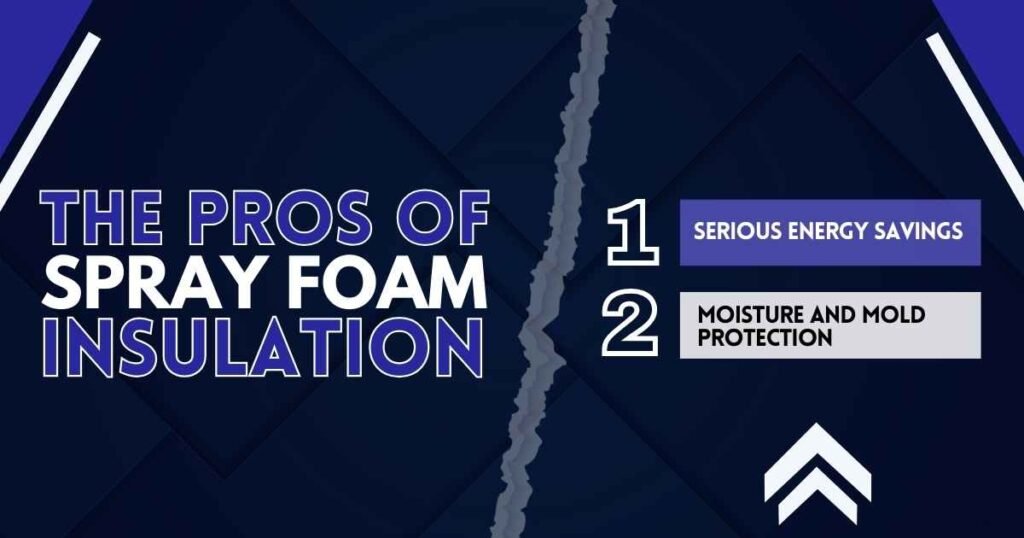
1.Serious Energy Savings
Open spray foam insulation creates an airtight seal that fills every crack, preventing air leaks and maintaining consistent temperatures in your home. This reduces the workload on heating and cooling systems, cutting energy use.
Homes with spray foam can save up to 30% on energy bills annually. For example, a $200 monthly energy bill could drop by $60, saving $720 per year, making it a cost-effective long-term investment.
2.Moisture and Mold Protection
Spray foam insulation not only controls temperature but also blocks moisture by filling gaps, preventing water from entering areas like basements or attics. This helps reduce mold growth, which can cause structural damage and health issues, especially for those with allergies or respiratory problems.
According to the EPA, mold can trigger asthma and allergic reactions, so homes with spray foam are less likely to face mold issues, improving both health and long-term durability.
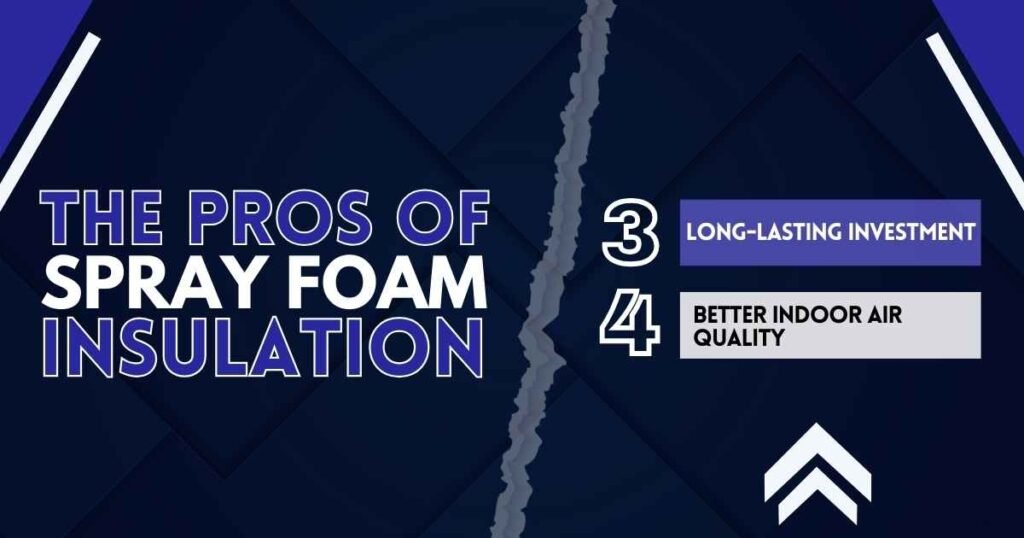
3.Long-Lasting Investment
One of the key advantages of spray foam insulation is its durability. Once installed, it can last for decades without needing replacement or repair. Unlike traditional insulation, which can sag or settle over time, spray foam retains its effectiveness for much longer, providing consistent performance throughout its lifespan.
In fact, spray foam can last anywhere from 20 to 50 years, depending on environmental conditions. This long lifespan means fewer maintenance costs and less frequent need for replacement, making it a reliable and low-maintenance solution for homeowners.
4.Better Indoor Air Quality
Spray foam insulation improves indoor air quality by sealing cracks and gaps, blocking allergens like pollen and dust. This creates a cleaner, healthier environment, especially for those with allergies or respiratory conditions.
A study by the American Lung Association found that indoor air can be 2 to 5 times more polluted than outdoor air, making it important to reduce contaminants. Spray foam helps minimize these allergens, enhancing overall well-being.
The Cons Of Spray Foam Insulation
Spray foam insulation has many benefits, but it also has some downsides. Before choosing it for your home, consider these possible drawbacks.
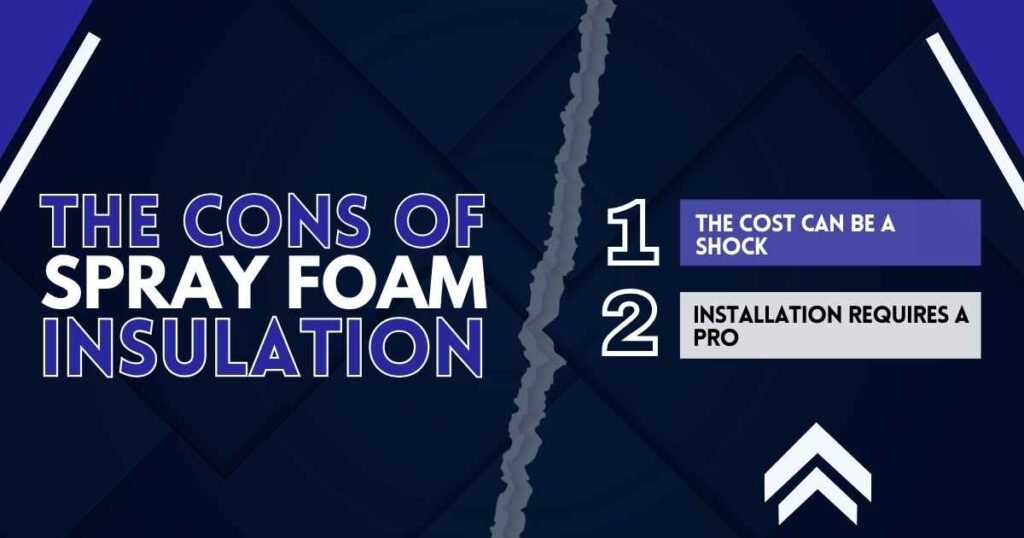
1.The Cost Can Be a Shock
Spray foam insulation is more expensive than traditional options, costing between $0.44 and $1.50 per board foot, compared to fiberglass at $0.30 to $0.70 per square foot.
While the initial cost may seem high, spray foam is a long-term investment. Its high R-value helps reduce energy consumption by preventing air leaks, potentially saving 20-30% on energy bills. For example, if you spend $2,000 a year on energy, you could save $400 to $600 annually, making the investment worthwhile over time.
2.Installation Requires a Pro
Spray foam insulation requires professional installation due to the specialized equipment and materials involved. An insulation foam sprayer is used to apply the material properly, ensuring even coverage. Improper application can lead to poor coverage and health risks from harmful vapors.
It’s essential to ensure the foam fully cures before occupying the space to avoid exposure to these chemicals. Hiring experienced installers helps guarantee the job is done safely and effectively.
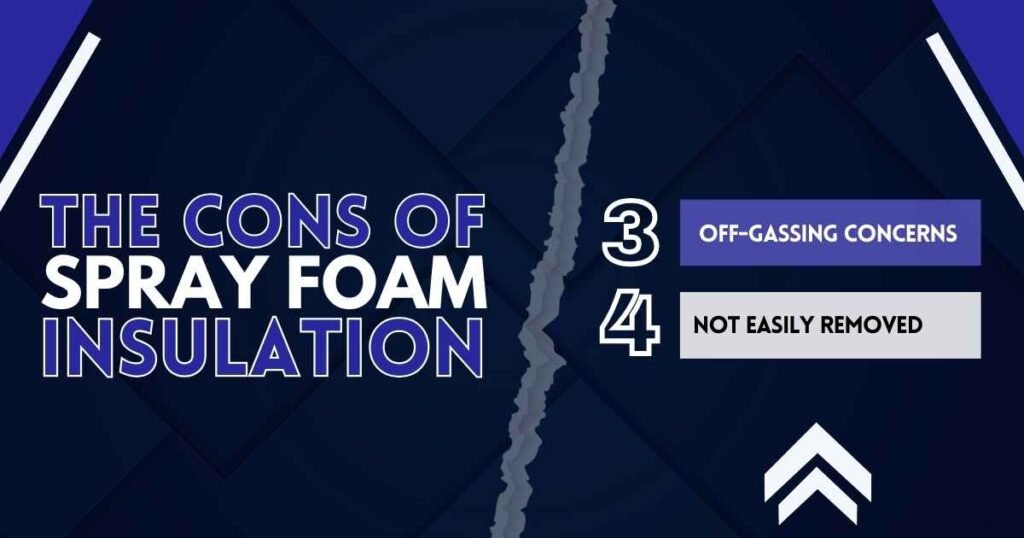
3.Off-Gassing Concerns
Spray foam insulation releases chemicals during installation, causing off-gassing with strong fumes. While it’s safe once cured, the process can last several hours to a day. Good ventilation helps disperse fumes and speeds up curing, especially for those sensitive to air quality.
To ensure safety and comfort, it is very important to maintain proper ventilation during and after installation. Some individuals may find these fumes irritating, especially those with respiratory issues or sensitivities. Proper ventilation can help disperse the fumes and speed up the curing process.
4. Not Easily Removed
Once spray foam insulation is installed, it’s not easy to remove. Unlike fiberglass or cellulose insulation, which can be pulled out and replaced relatively easily, spray foam requires professional removal. This process can be both difficult and costly, especially if you decide to renovate or change insulation types in the future.
The removal process often involves scraping or cutting away the foam, which can damage surrounding materials or require repairs. This makes spray foam a more permanent solution compared to other insulation types. While this may be ideal for some homeowners, it’s important to consider the long-term implications before committing to spray foam insulation.
Choosing Spray Foam Insulation for Your Home
Spray foam insulation offers excellent energy efficiency, air sealing, and long-term durability, making it a strong choice for those prioritizing performance. However, the high upfront cost and chemical off-gassing during installation may be concerns. Weighing the long-term savings against these factors can help determine if it’s the right fit for your needs.
If you are seeking a long-term solution to reduce energy costs and improve your home’s comfort, spray foam insulation is an excellent choice. At Vegas Plumbing Pros, we provide professional spray foam insulation services designed to seal air leaks, enhance energy efficiency, and deliver decades of durability.
Contact us today for a free consultation and let us help you transform your home with reliable, high-quality spray foam insulation!
FAQs
What is the disadvantage of spray foam insulation?
Spray foam insulation has drawbacks, including its non-recyclable nature and production of harmful greenhouse gases. Its airtight seal can also cause ventilation issues, leading to dampness, condensation, and potential wood rot. With these factors in mind, many homeowners ask, is spray foam insulation worth it for long-term energy savings despite these concerns?
What are the drawbacks of spray foam insulation?
5 Common Spray Foam Insulation Issues and Solutions are rare, but a notable issue with spray foam insulation is a lingering fishy odor, which can persist for months if not installed properly. Hiring experienced professionals typically prevents this problem.
What is the best type of insulation?
Several insulation materials offer unique benefits. Fiberglass is affordable and widely used, while cellulose is both effective and eco-friendly. Mineral wool provides excellent thermal performance and fire resistance, and polystyrene is a durable, efficient option. Foam walls also offer strong insulation and energy savings. The best choice depends on your specific needs.
What are the drawbacks of foam insulation?
A key disadvantage of polyurethane foam is its potential to emit chemicals, such as volatile organic compounds (VOCs), which can impact indoor air quality. Additionally, spray foam loft insulation made from polyurethane is highly flammable, posing safety concerns.
